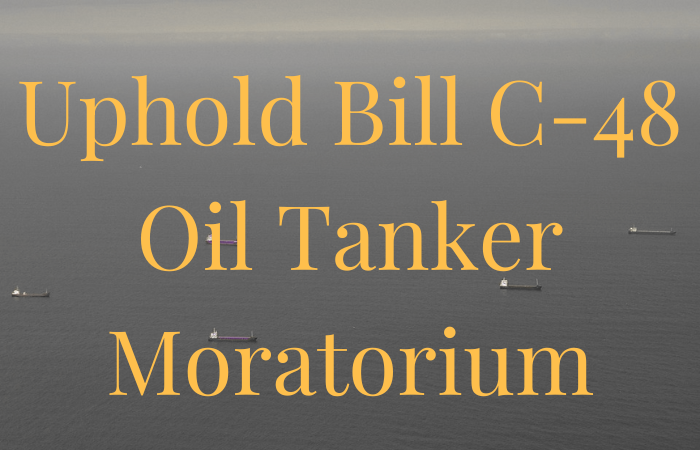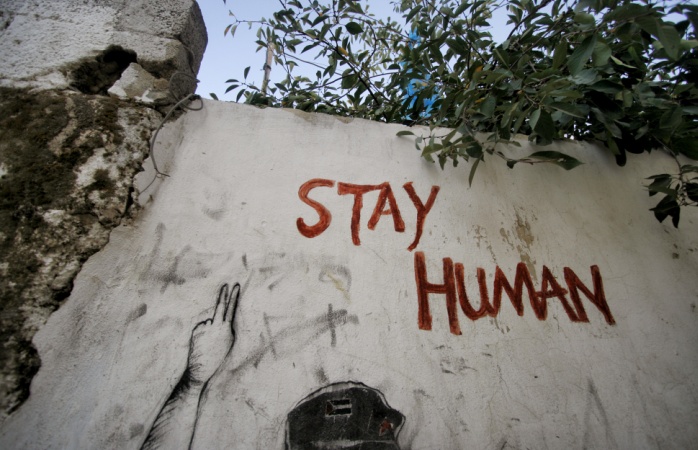
Canadian Quakers refuse to invest in occupation
September 24, 2019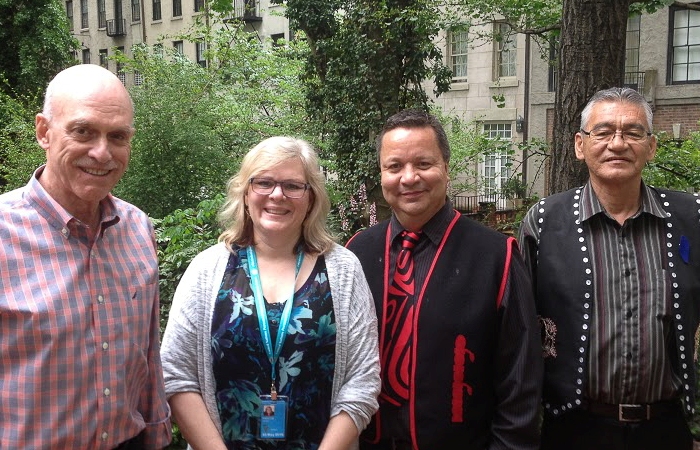
Quakers express solidarity with Wet’suwet’en People
January 10, 2020December 10th is Human Rights Day, acknowledged each year on the anniversary of the adoption of the Universal Declaration of Human Rights.
This year, CFSC staff Jennifer Preston and associate member Paul Joffe spoke at a roundtable event organized by one member of each of Canada’s political parties. The roundtable was meant to create non-partisan understanding about the key human rights issues that Canada’s 43rd Parliament should prioritize.
Presentation by Jennifer Preston, Canadian Friends Service Committee (Quakers) and Paul Joffe, Legal Counsel, Grand Council of the Crees (Eeyou Istchee)
Thank you for the opportunity to participate in this Roundtable on “Human Rights Issues for the 43rd Parliament”. Today is Human Rights Day in Canada and internationally, and we will focus on the United Nations Declaration on the Rights of Indigenous Peoples.
As former UN Secretary-General Boutros Boutros-Ghali declared in 1993: “Human rights is the common language of humanity”. This is the language that was used for more than 24 years to negotiate the UN Declaration. It is the language that continues to be used to implement the Declaration in a system-wide action plan throughout the United Nations.
The Universal Declaration of Human Rights, adopted in 1948, was an essential achievement that paved the way for many other international human rights instruments. But it did not include the collective human rights of the world’s Indigenous peoples.
Renowned international jurist Richard Falk emphasized in 2000: “The specific identities and grievances of indigenous peoples played literally no role in the influential formulations of the provisions of the Universal Declaration …. Amazing as it may seem, indigenous peoples were simply not treated as “human” by the Universal Declaration, despite its drafters being among the most eminent idealists of their day.”
In the late 70s and early 80s, the international human rights system recognized the gap that existed concerning Indigenous peoples globally – often the most marginalized and dispossessed. The creation of the Declaration was to fill that void. The Declaration does not create any new rights. It affirms and elaborates on the inherent or pre-existing rights of Indigenous peoples.
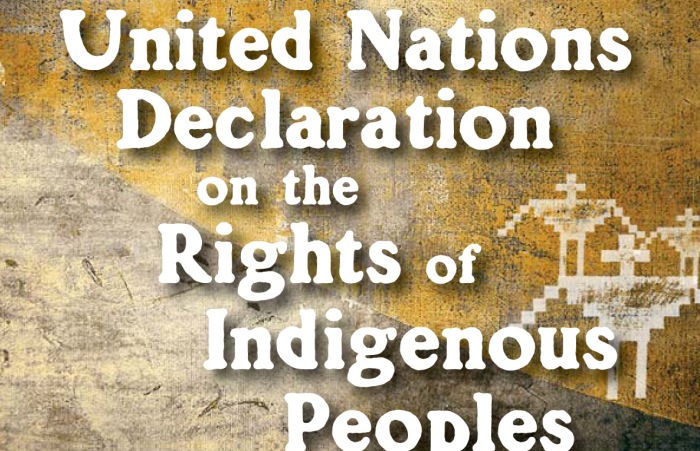
The UN Declaration has been reaffirmed 10 times by the UN General Assembly by consensus. No country in the world formally objects to this human rights instrument. The Declaration will be reaffirmed for the 11th time next week.
The minimum standard in the Declaration is “consultation and cooperation” – not merely “consultation”. During the negotiations, from every region of the world, Indigenous peoples unanimously rejected mere “consultation”. Too often, it failed Indigenous peoples.
The Declaration affirms both collective and individual rights of Indigenous peoples as well as state responsibilities to ensure these rights are fulfilled. This includes rights relating to language, culture, media, education, health, housing, spirituality, land, traditional knowledge, treaties, environment, development and much more. Critically, the Declaration affirms Indigenous peoples’ right to self-determination. The preamble lays out a rich context and the general provisions provide balance. Human rights declarations are meant to be read as a whole, and individual provisions should not be interpreted in isolation.
Further, the principles included in the balancing provisions constitute the core principles in the Canadian and international legal systems. These provisions were first negotiated between Indigenous representatives and the government of Canada. Canada then encouraged other States to support them.
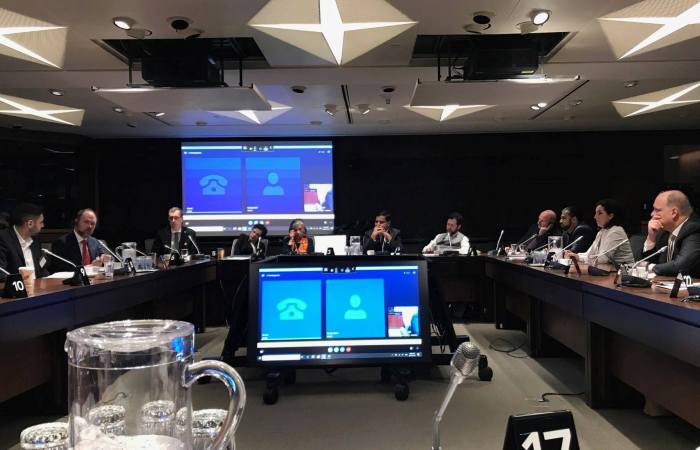
There has been some negative attention relating to a few provisions in the UN Declaration. A key concern that has been raised relates to “free, prior and informed consent” (FPIC) – especially in the context of resource development. This may reflect a lack of understanding of the instrument and also existing jurisprudence in both domestic and international law.
Some assume “FPIC” is synonymous with “veto”. However, FPIC or consent is relative and not absolute. In contrast, “veto” constitutes an absolute decision, regardless of the facts and law in any given situation. The term “veto” is not used in the Declaration.
Fundamentally, “free, prior and informed consent” in international law is the same as “consent” in Canadian law. In both legal systems, “free” means an absence of duress. “Prior” means that consent must be obtained for proposed developments prior to proceeding with their construction. And “informed” means that consent must be based on adequate information and not on misrepresentations or fraud.
We need the UN Declaration in Canadian legislation precisely because Indigenous peoples’ human rights have been violated for so long and these violations continue. The status quo is not working or acceptable.
Having federal legislation to implement the UN Declaration, as well as a National Action Plan, is critical for Canada moving forward. Such implementation of the Declaration is, in the words of the Truth and Reconciliation Commission, “the framework for reconciliation”.
Having legislation means we finally repudiate colonialism and embrace a human rights framework that focuses on cooperation. It provides transparency and processes where non-Indigenous governments and Indigenous peoples can work together to ensure these international standards are implemented.
Implementing the Declaration will help close the gap in quality of life between Indigenous peoples and the rest of Canada and build a stronger country for all of us. This is about upholding human rights, rights that too often have not been respected. In all these ways, the Declaration constitutes a principled framework for justice, reconciliation, healing, and peace.



